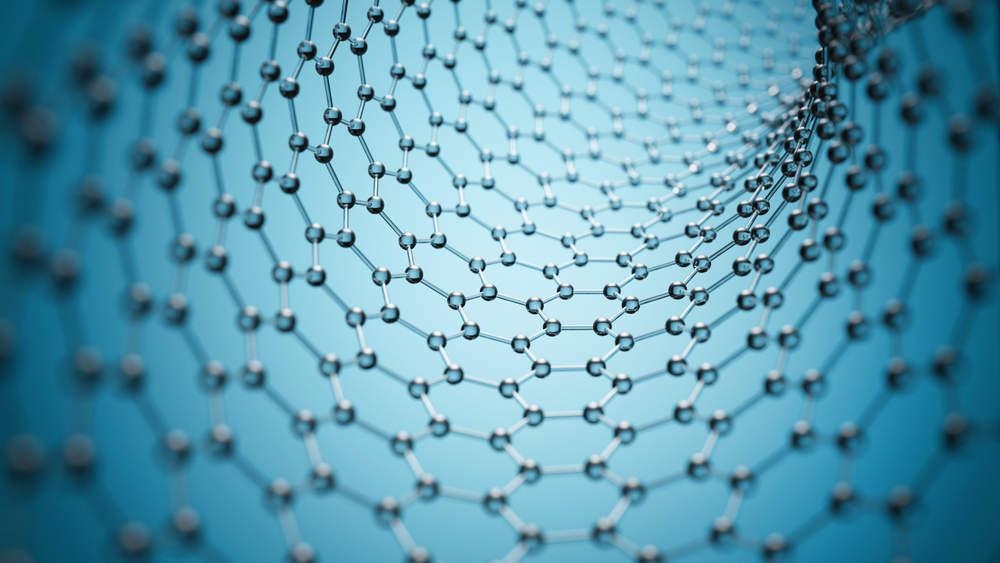Graphene, a material isolated at the University of Manchester in 2004 is now the subject of a worldwide research effort. From its planet saving properties, potential to revolutionise healthcare, agriculture and safety, graphene is the material of the future.
The material that has attracted investment by companies such as Tesla Motors, Airbus, Apple, and Qinetiq, is the world’s first 2D material. Not only that, it is thinner than a human hair but 300 times stronger than steel
Here are some of the key uses of graphene currently under research.
Clean water access at a lower cost
Graphene-oxide membranes allow solvents, such as water, to pass through but block impurities such as bacteria, pesticides, and other contaminants. This would allow developing countries to extract drinking water from sea water faster and more effectively. A move that could save lives and reduce the incidence of diseases associated poor water sanitation. Even in countries with good access to drinking water, these graphene sieves could improve the efficiency of water treatment and eventually lower costs of the water supplied.
Similarly graphene could protect crops from harmful gases and it could also assist with the release of nutrients from fertilisers to match the demand of plants.
Speed and efficiency of electronics
Although graphene cannot currently compare with silicon as a semiconductor material because it is a poor transistor, if scientists could crack this problem, the possibilities for its application in electronics would be enormous.
How well do you really know your competitors?
Access the most comprehensive Company Profiles on the market, powered by GlobalData. Save hours of research. Gain competitive edge.

Thank you!
Your download email will arrive shortly
Not ready to buy yet? Download a free sample
We are confident about the unique quality of our Company Profiles. However, we want you to make the most beneficial decision for your business, so we offer a free sample that you can download by submitting the below form
By GlobalDataGraphene computers are likely to be able to run 1000 times faster and use far less power than they do now.
Safety equipment will become more resilient
Helmets coated with graphene are now available, meaning that any impact is spread across a wider area, distributing the force more evenly and so reducing the risk of injury. The layer of graphene enables the heat to be dissipated more effectively and therefore comfort is also improved.
Plastic was the ‘wonder material’ of the 20th century and despite the problems now associated with it and the environment, there is no denying that it completely revolutionized a whole range of industries and this is what graphene is now set to do for the 21st century. It will become more prominent as researchers perfect its properties and find new ways that it can improve products and lives.
Graphene can cost up to $100 per gram – more than twice the price of gold- but once its production is optimised, it is bound to become more affordable. As research into the material gains momentum, there is every possibility that graphene will live up to the reputation that precedes it.








Related Company Profiles
Apple Inc
Tesla Inc